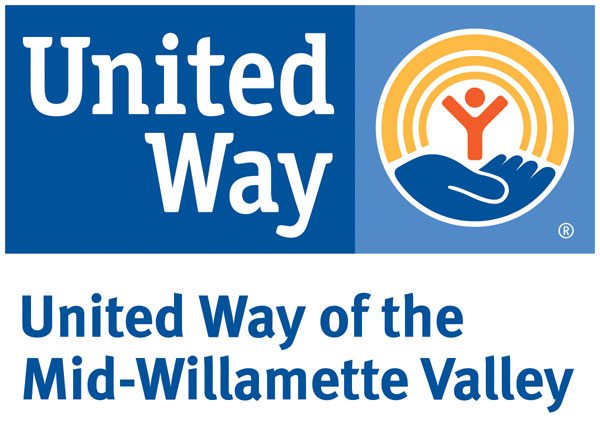
October 16, 2017; Statesman Journal (Salem, OR)
Yet another United Way, this time in the Mid-Willamette Valley of Oregon, is reeling from reduced receipts in workplace giving programs. The result has been abrupt cuts in grants to nonprofits, even though those dollars had been already promised and partially allocated.
After years of operating with budget deficits, the United Way board faced the reality that community members are giving in other ways—directly and without the need of the still-revered intermediary.
Since 2010, United Way finished its fiscal year in the red three times, ranging from $101,000 to $382,000 in the hole. If not for bequests from supporters who named the agency in their wills, it would have been six years of red ink.
Dipping into reserves had become routine, and not everyone on the board agreed with the direction United Way was headed. Two members, both with accounting backgrounds, resigned.
NPQ has reported on similar challenges all across the country. In April of this year, we wrote on serious shortfalls at the Twin Cities United Way, where annual fundraising had declined by millions, resulting in staff cuts, frozen salaries, and the loss of funds to 16 domestic violence programs in the community. A few months later, in August, you may have read about United Way of the Midlands in Omaha, Nebraska facing a similar trend and trying to reinvent themselves.
Sign up for our free newsletters
Subscribe to NPQ's newsletters to have our top stories delivered directly to your inbox.
By signing up, you agree to our privacy policy and terms of use, and to receive messages from NPQ and our partners.
What makes the most recent example in Salem, Oregon a real head-scratcher is that after yanking around $389,000 in promised contracts to help balance the budget, the Mid-Willamette Valley organization decided at the same time to fund a new initiative in the schools at a cost of $300,000, perhaps in an attempt to market itself differently.
The timing of the new program doesn’t sit well with the unfunded organizations. The 300,000 that will be doled out to classrooms, $200 at a time, could have been divvied up among the 26 nonprofits that were promised grant extensions.
“Teachers need help in classrooms, but the United Way is missing out on leveraging larger sums of money to make a significant impact on social issues in the Mid-Valley,” said T.J. Putman, executive director of Salem Interfaith Hospitality Network.
But even the recently named replacement at the helm, CEO Ron Hays, notes that, “I believe United Way has a purpose in our community, but it’s not a purpose of the past,” he said. “It has to be modernized. You can’t function on tradition. Change is extremely difficult. Sometimes it’s painful.”
Let’s hope, as a whole, that United Ways across the country realize that they can’t continue to carry on as they have in the past while operating on a shrinking model. Just like the nonprofit counterparts that they have historically funded, the United Way has to either adjust to a changing landscape or get out of the way.—Jeannie Fox











